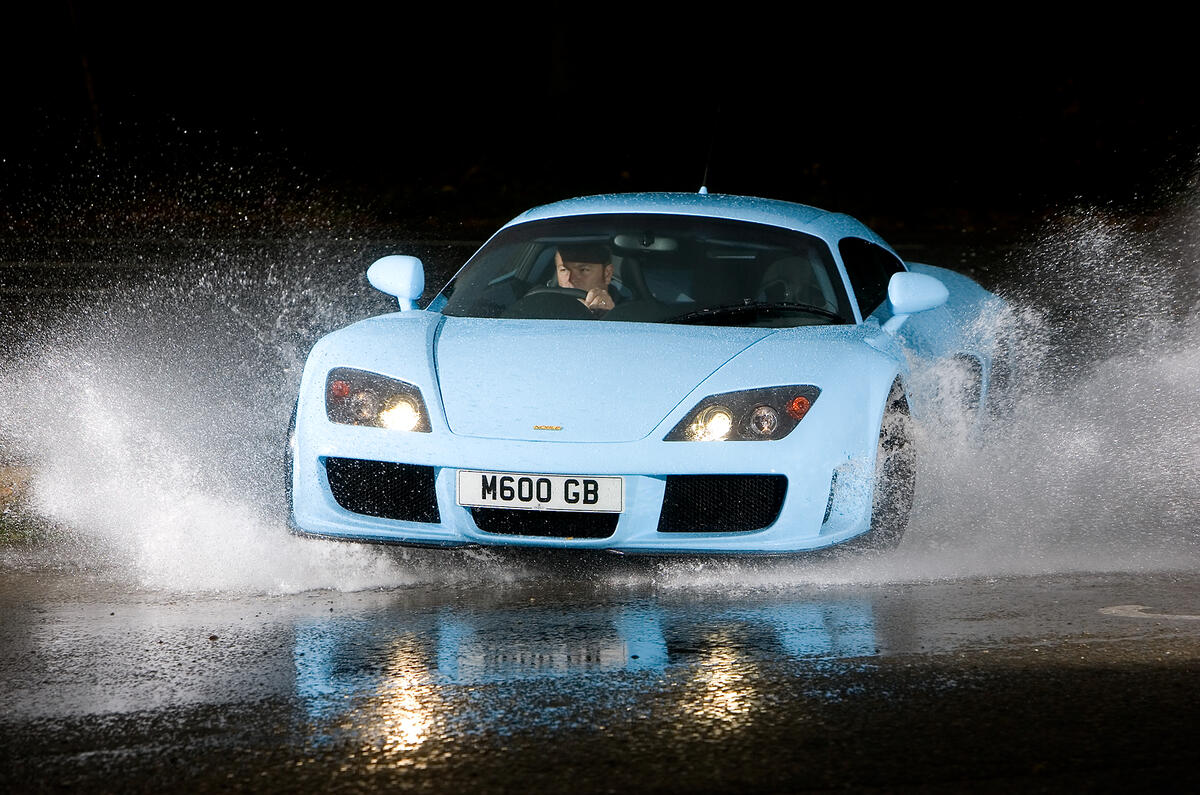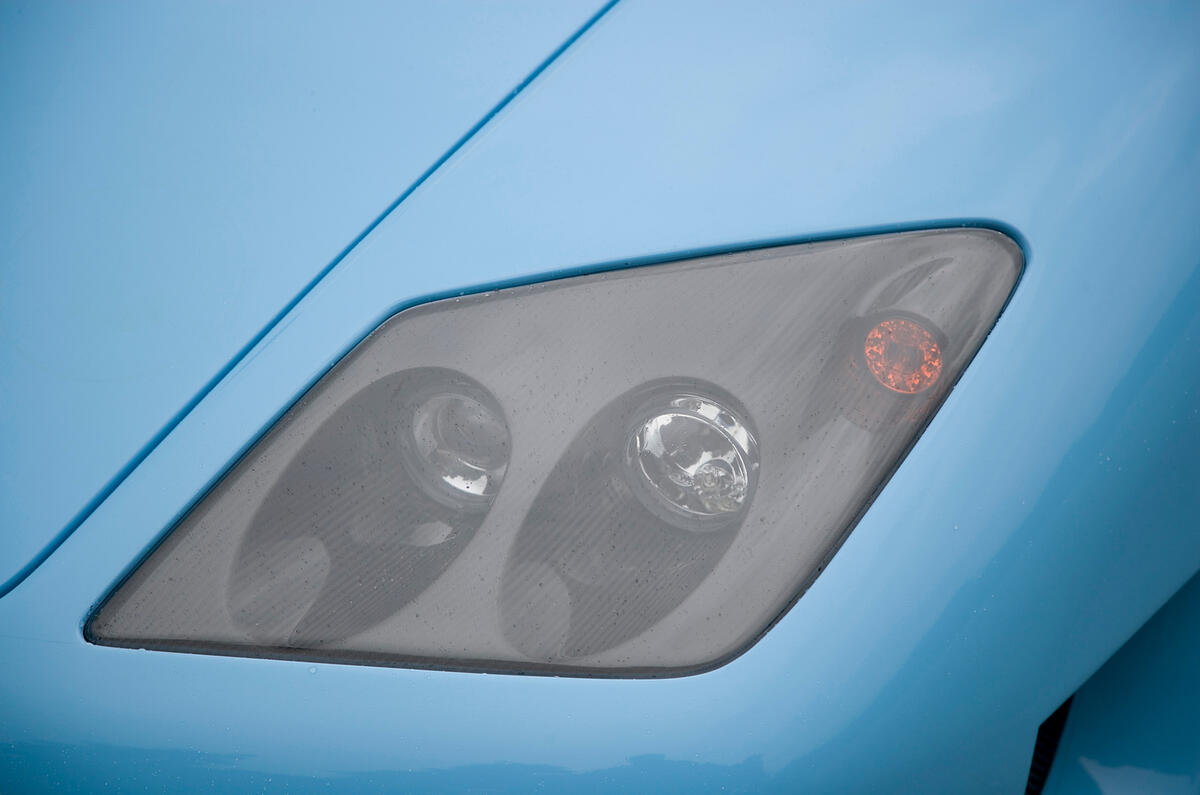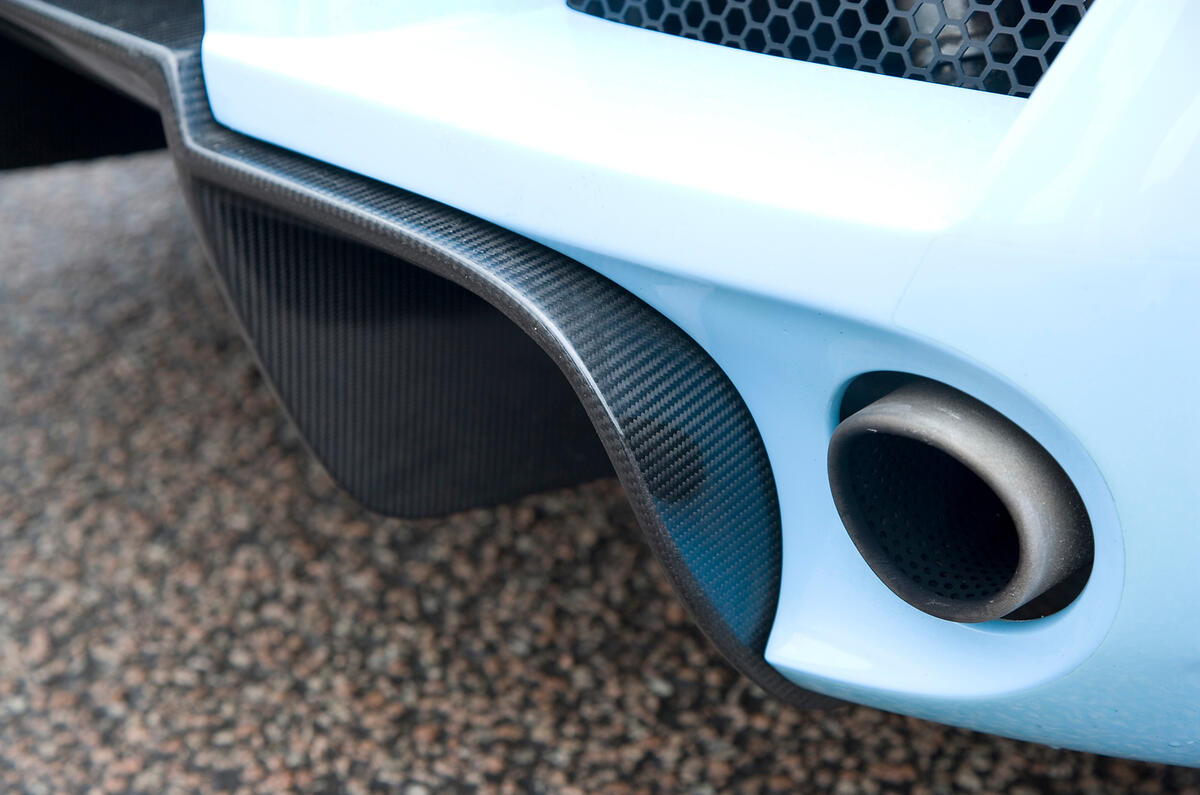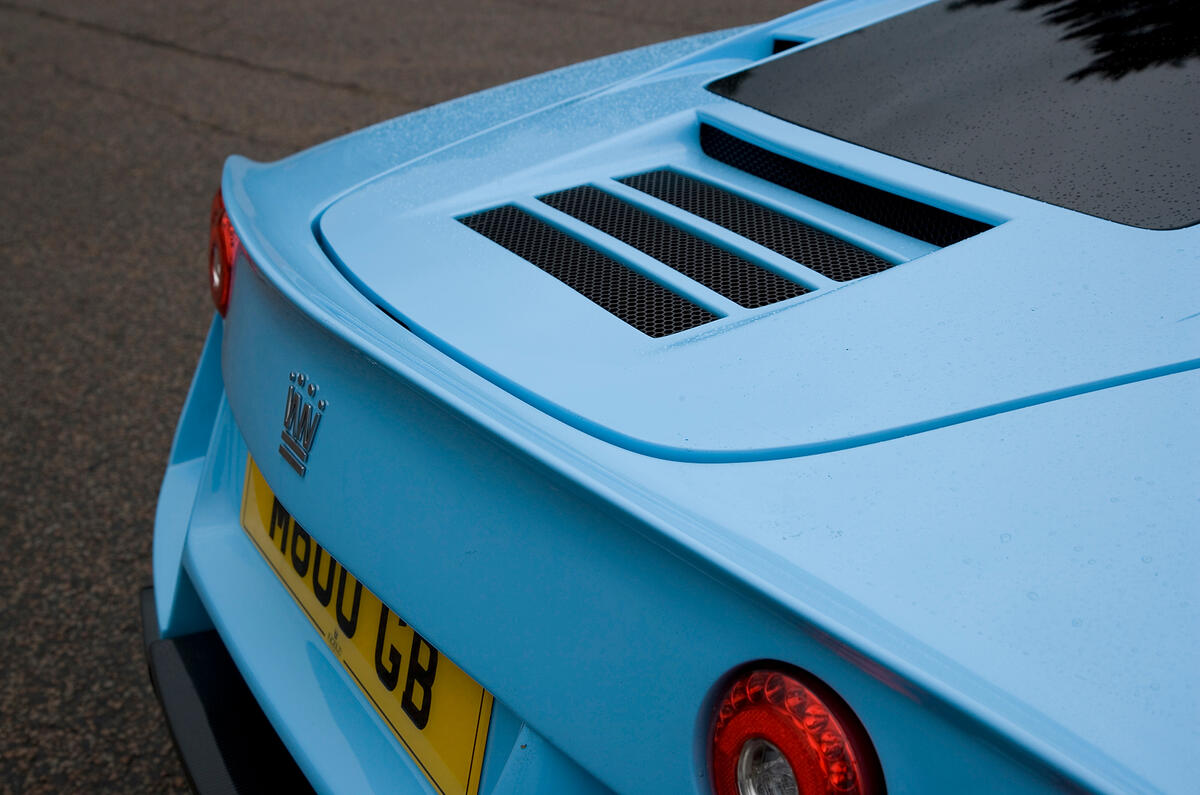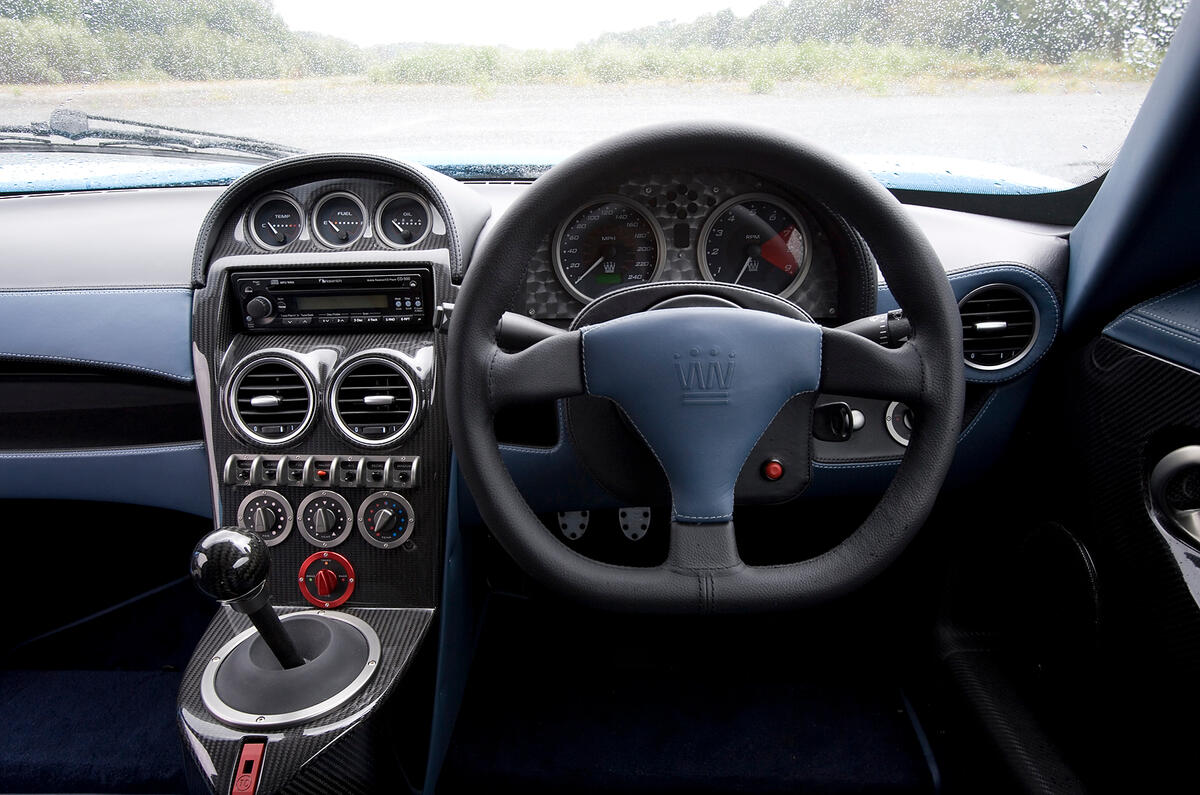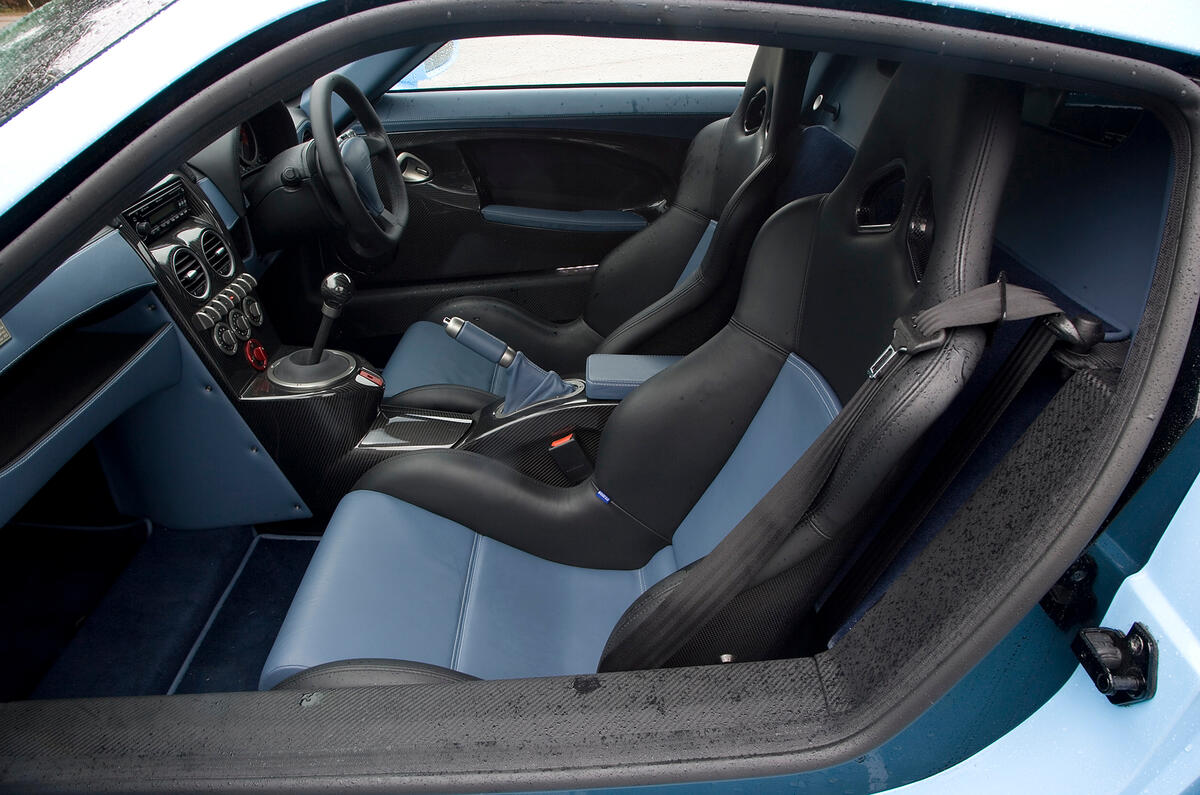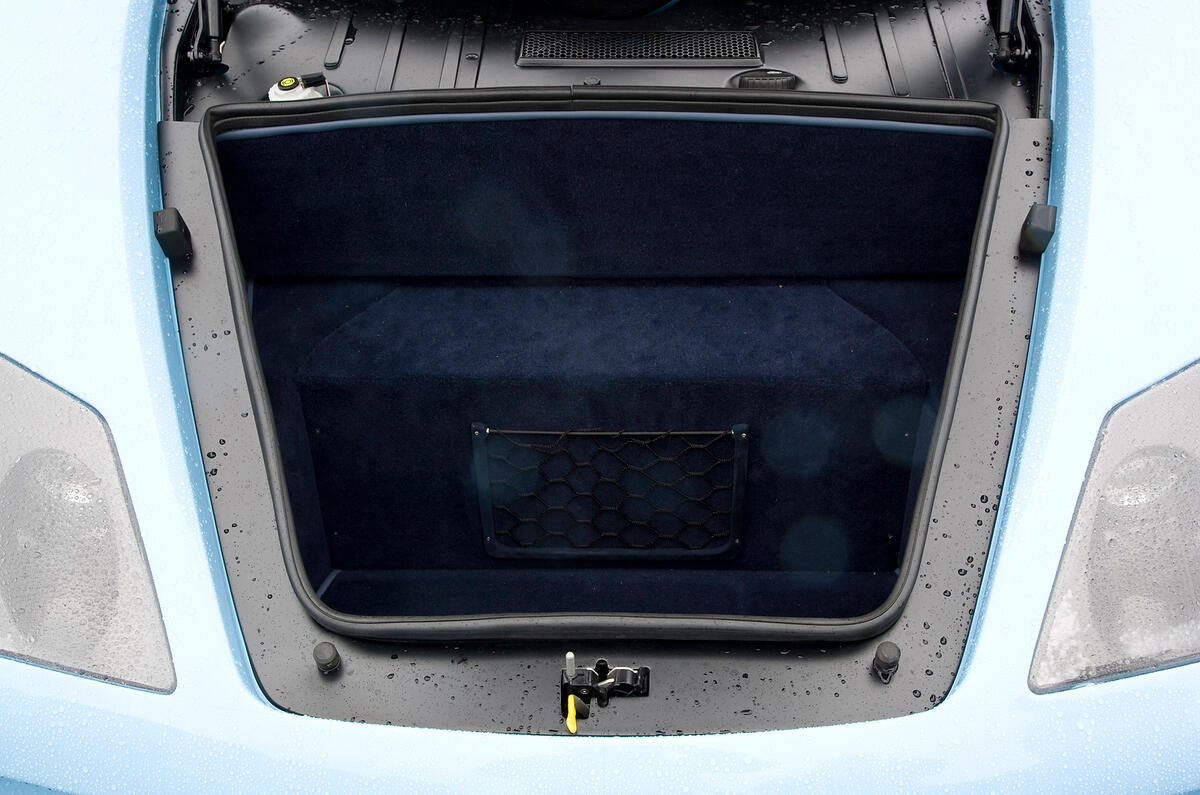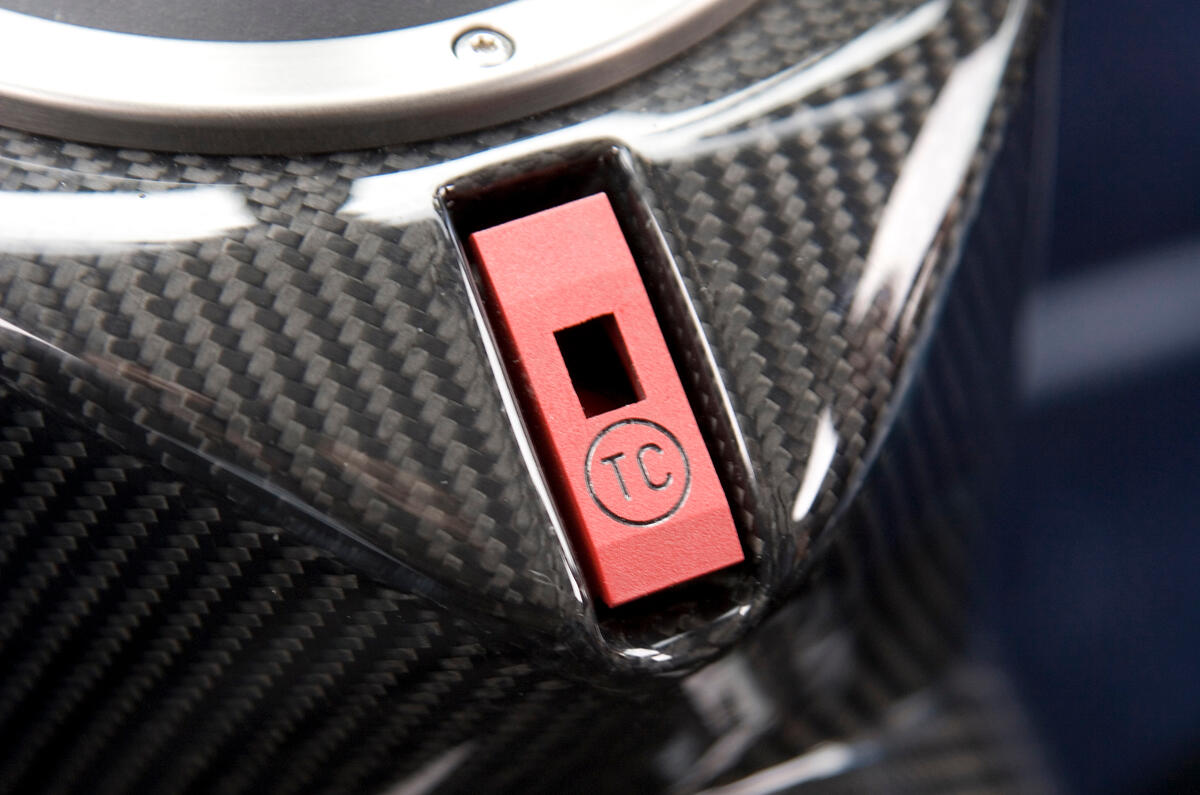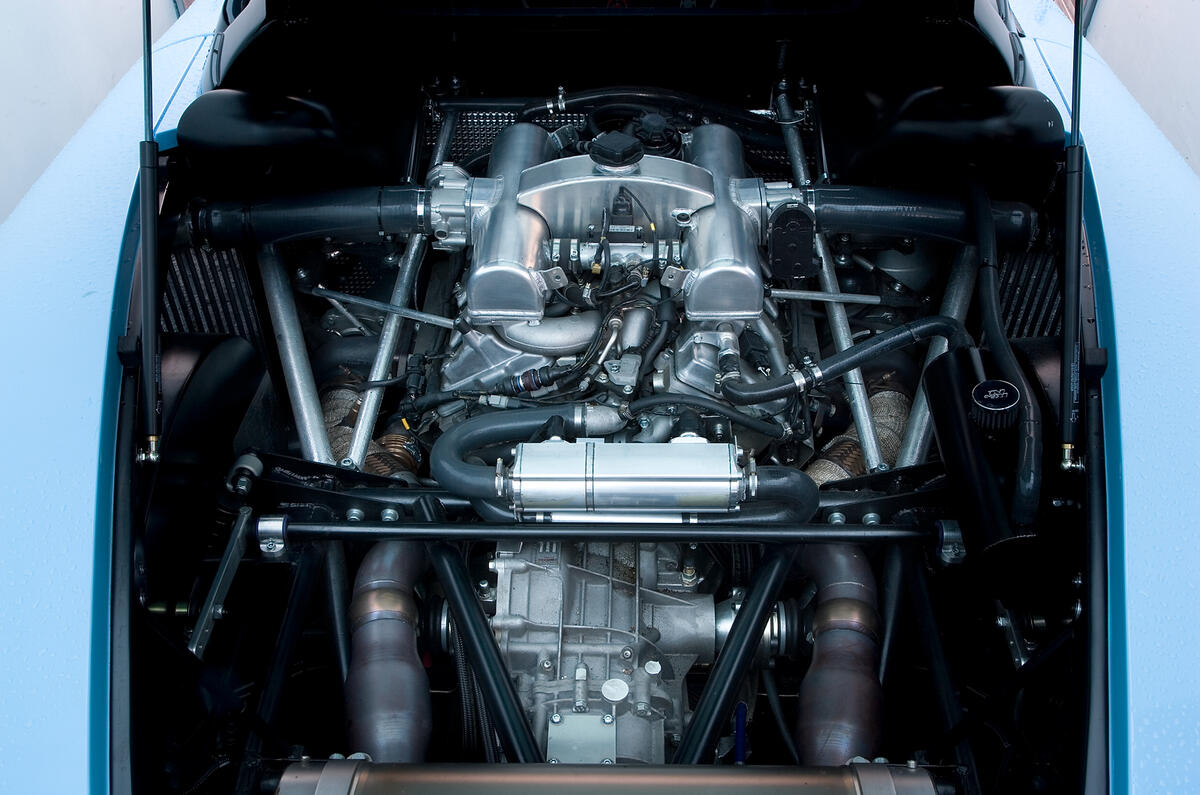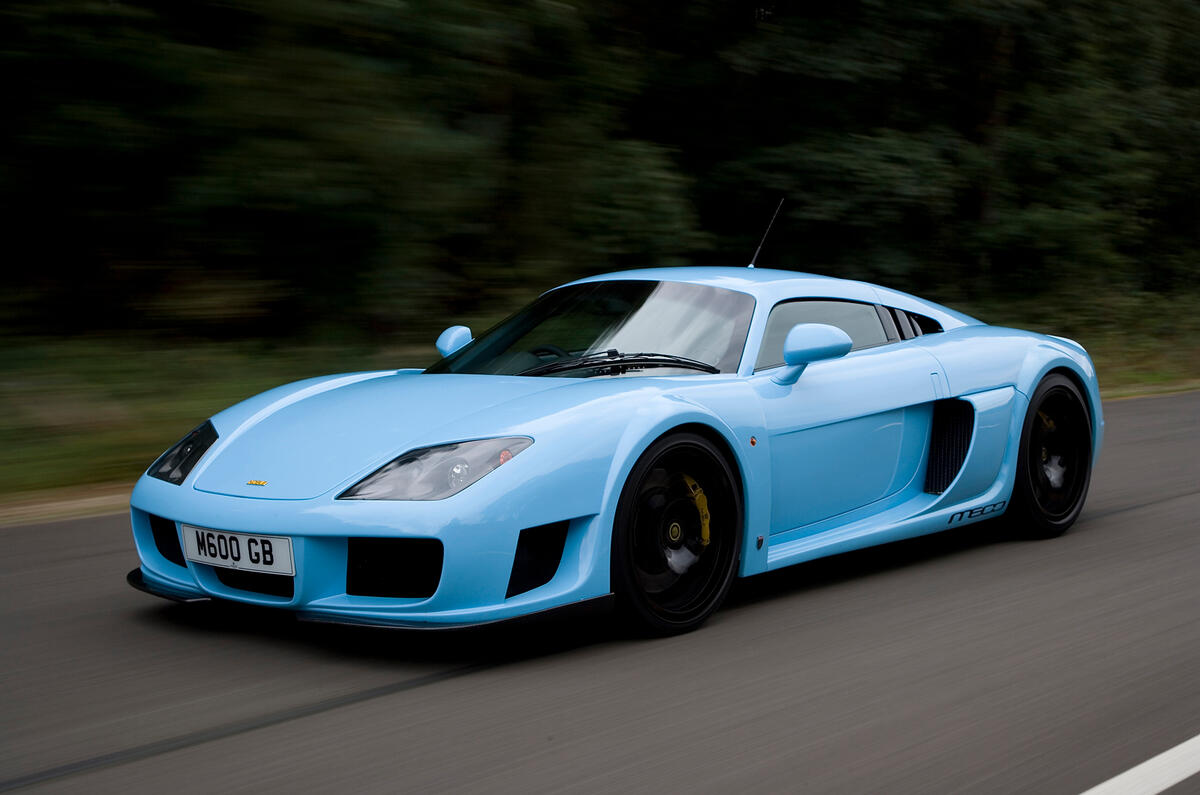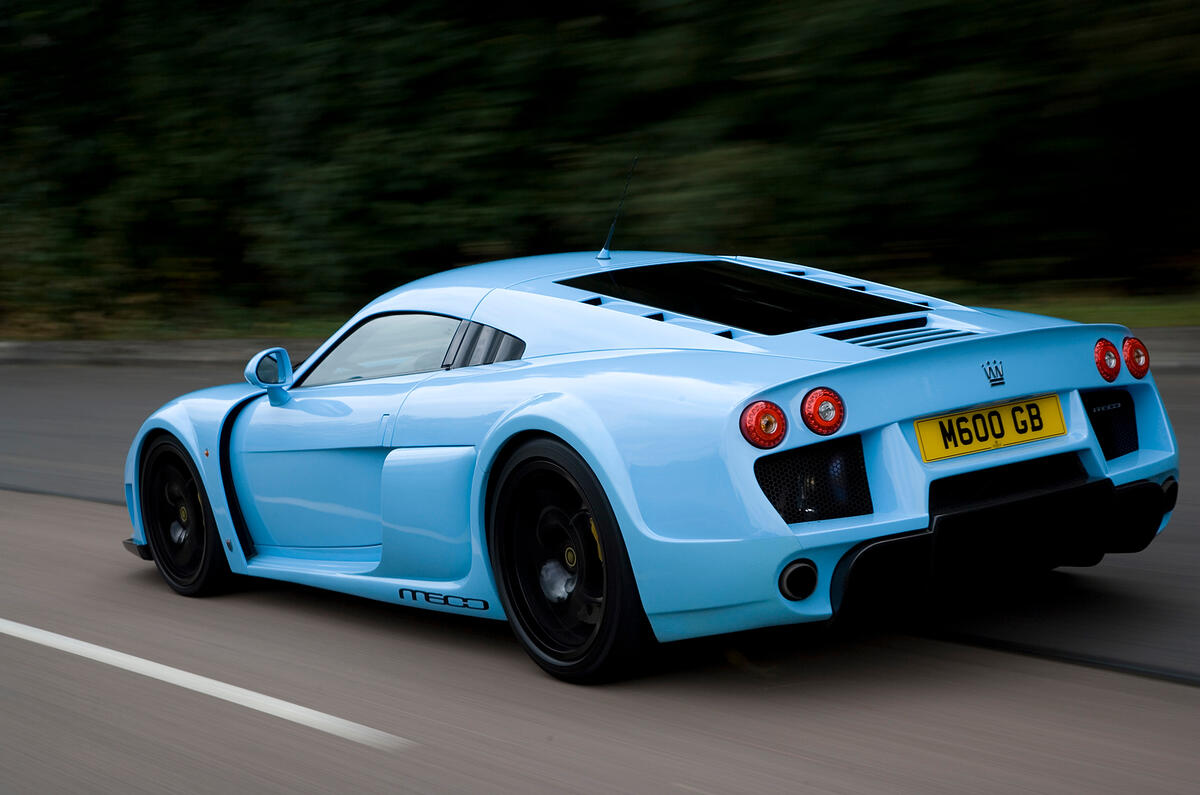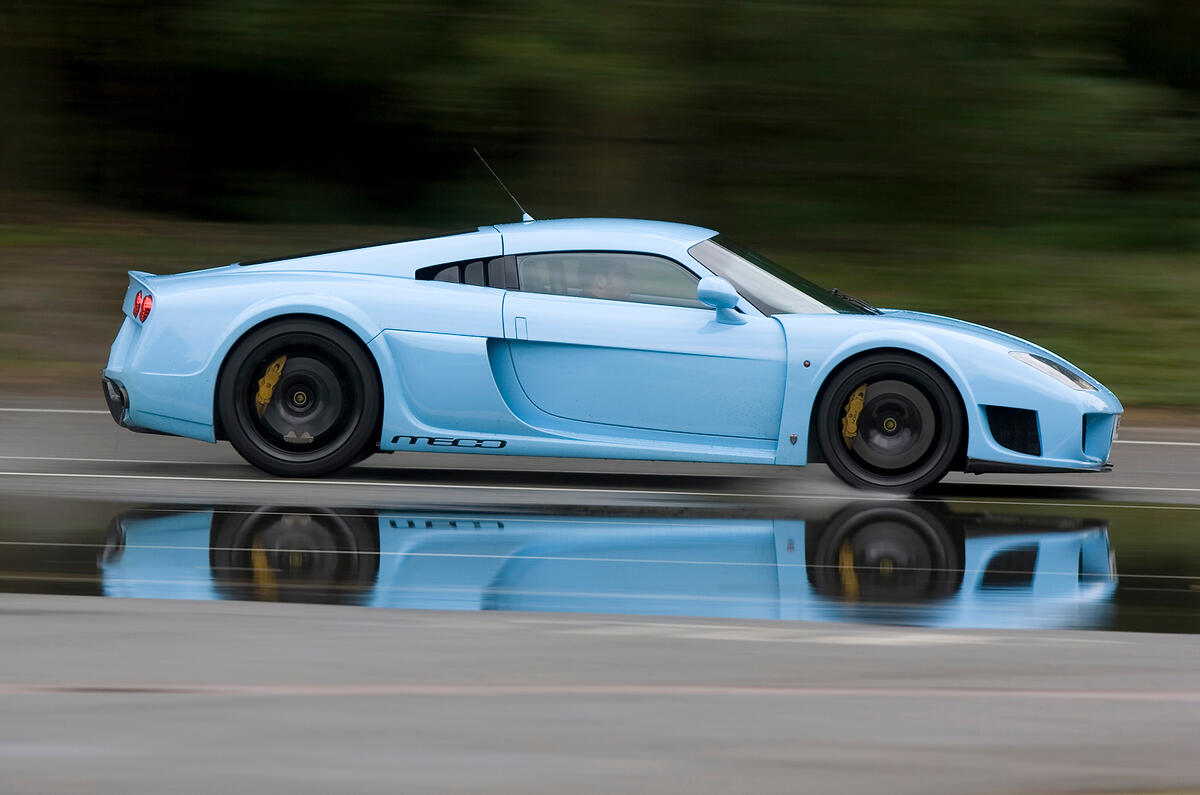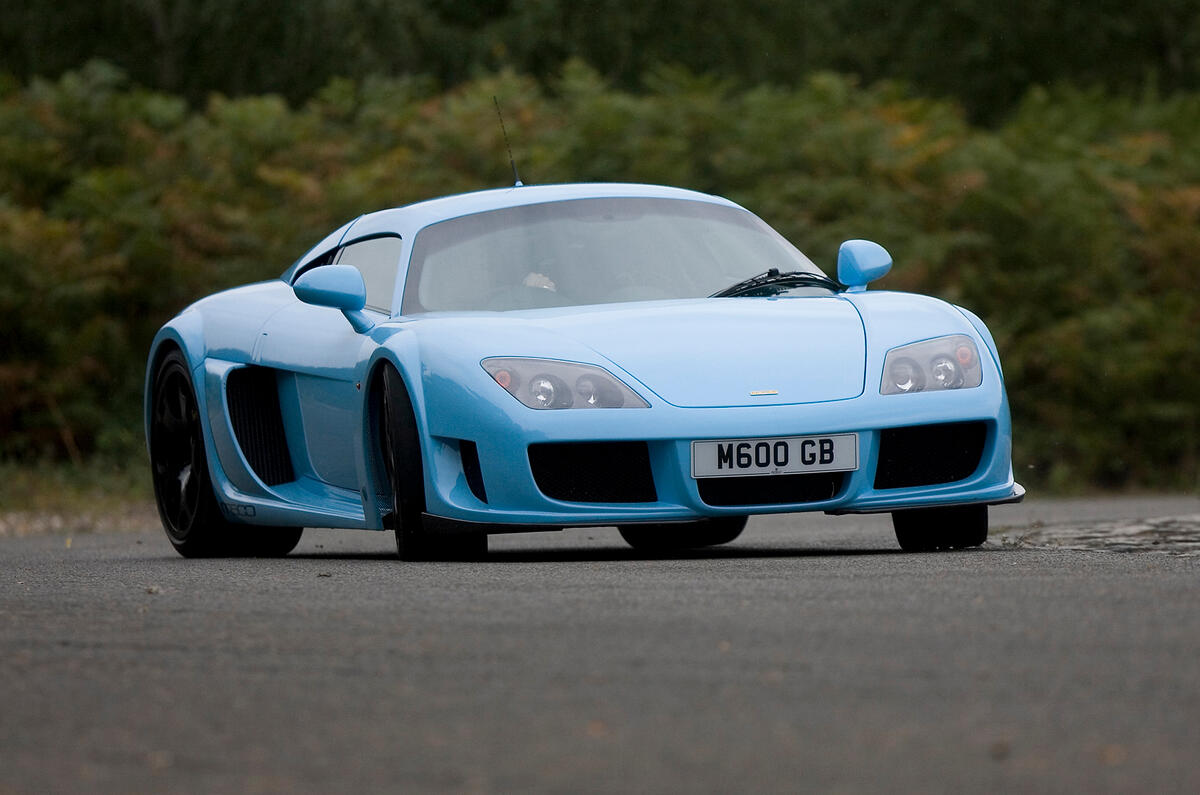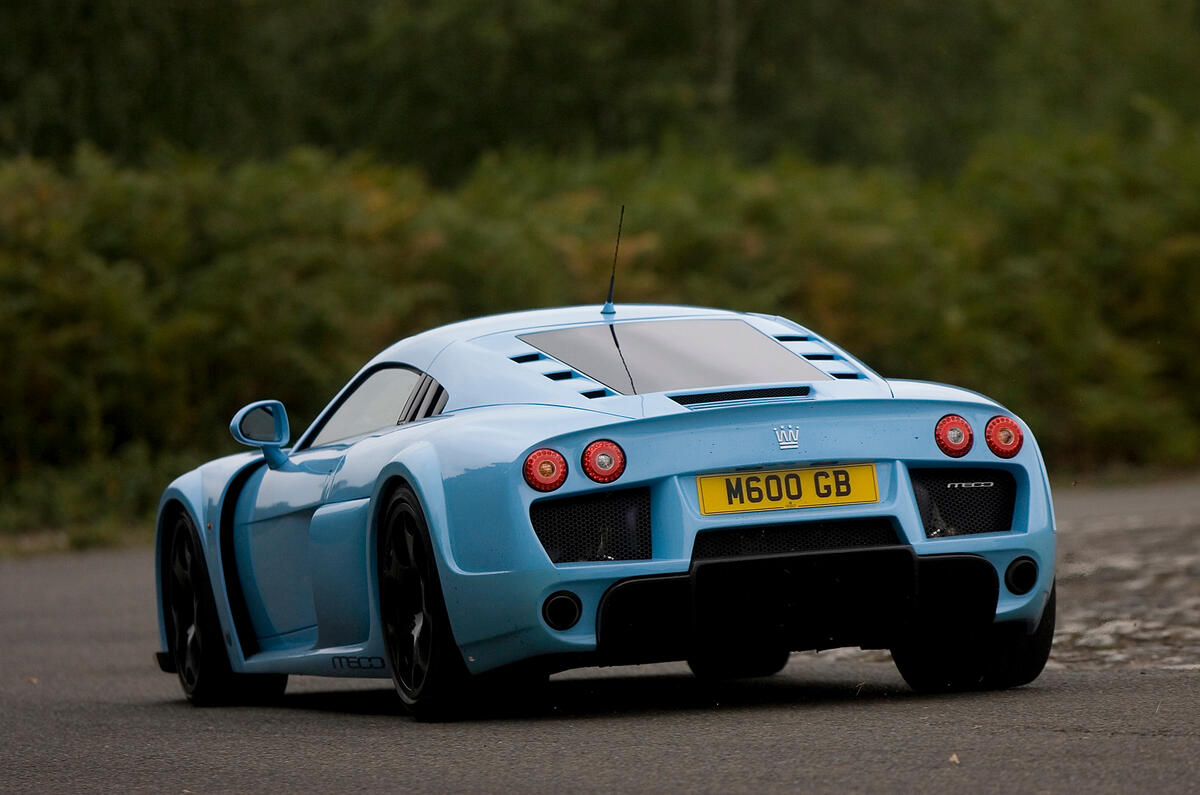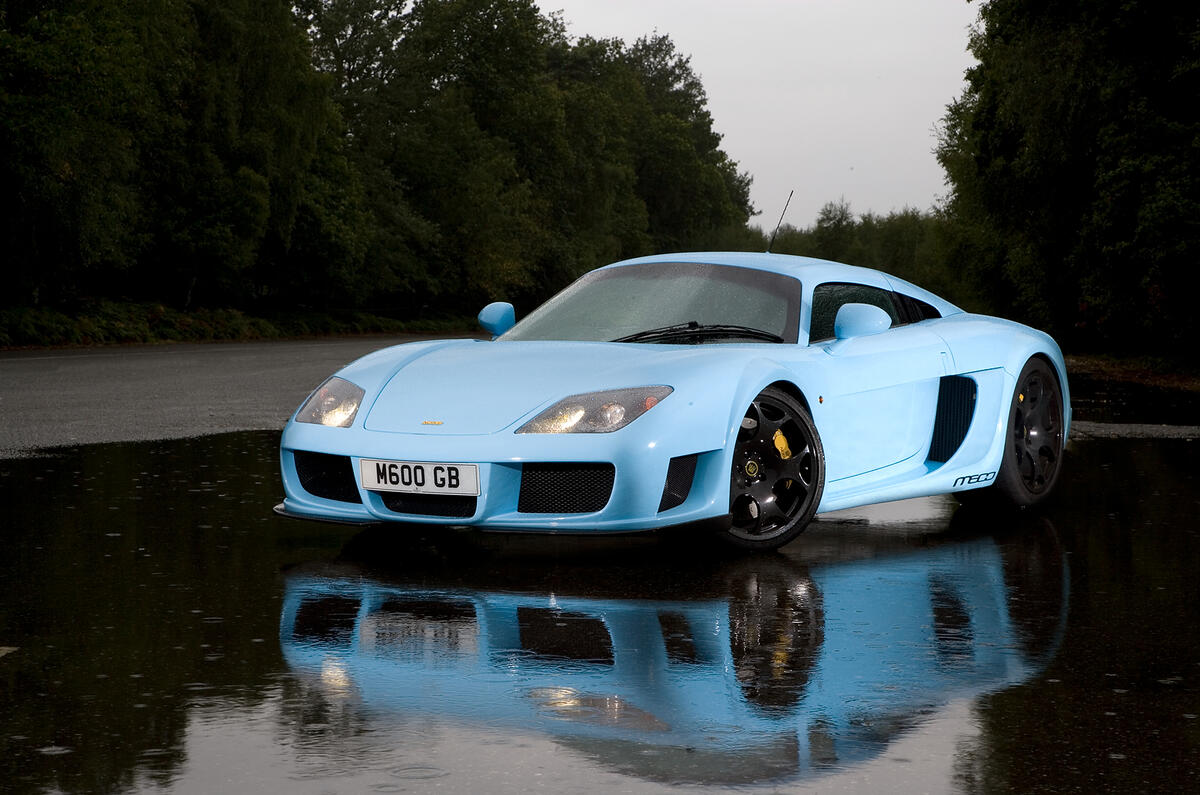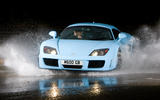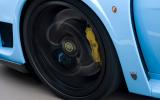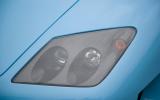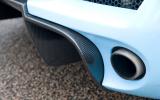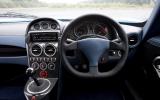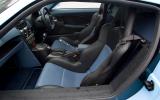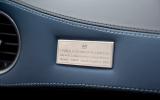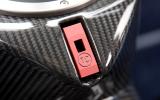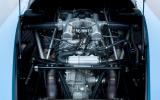One major question mark hangs over the Noble M600: it starts at a hefty £206,000 asking price. So is this 662bhp British supercar really worth an entire BMW 5 Series more than a McLaren 570S or a Ferrari 488?
For a car that is hand-built in small premises on the outskirts of Leicester, by a team of fewer than 20 people, this does sound like an awful lot of money, particularly for a car that few people will ever recognise.
During the course of our road test, however, the M600 went faster than a McLaren F1 in almost every in-gear increment from 20-160mph. That being the case, you might begin to understand why Noble sees fit to charge such a fee.
Because in the end it is its raw, brain-mangling performance that defines the M600. Not just in a straight line but also around corners, under brakes, during acceleration, everywhere and anywhere. What we are talking about is one of the fastest cars that has ever been built for use on the public road, in light of which £206k no longer seems quite so crazy. Keen to have a substantial range, there are three models currently on sale - the standard coupé, the Carbon Sport - effectively a M600 dressed in carbonfibre finery and the open-roof Speedster.
Noble Automotive has previous when it comes to creating cars of truly stultifying performance. Noble’s first car, designed by company founder Lee Noble, was the awkward-looking but surprisingly excellent-to-drive M10. Then came Noble’s eureka moment in the form of the South African-assembled M12, over 1500 of which were sold in six years during the mid-2000s.


